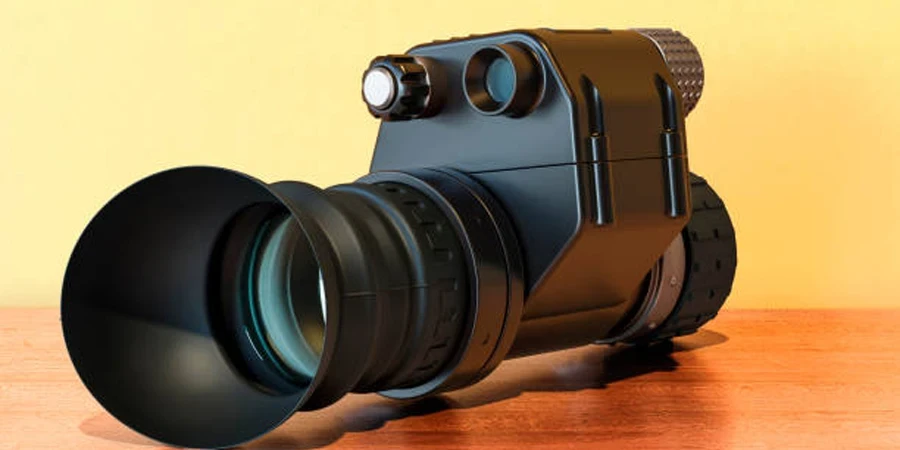Table of Contents
● Introduction
● Main Types of Night Vision Monoculars and Their Uses
● Market Trends and Innovations in Night Vision Technology
● Key Factors to Consider When Choosing a Night Vision Monocular
● Leading Night Vision Monocular Models and Their Features
● Conclusion
Introduction
Night vision monoculars in 2025 offer advanced optical technology that allows users to observe in low-light conditions, providing enhanced visibility during nighttime activities. These compact devices are ideal for a wide range of applications, including security, outdoor exploration, and tactical operations. Whether it’s for monitoring wildlife, conducting surveillance, or navigating dark environments, choosing the right monocular is crucial. A high-quality monocular can deliver clear, sharp images and superior performance, ensuring users make informed decisions that align with their specific needs and objectives.
Main Types of Night Vision Monoculars and Their Uses
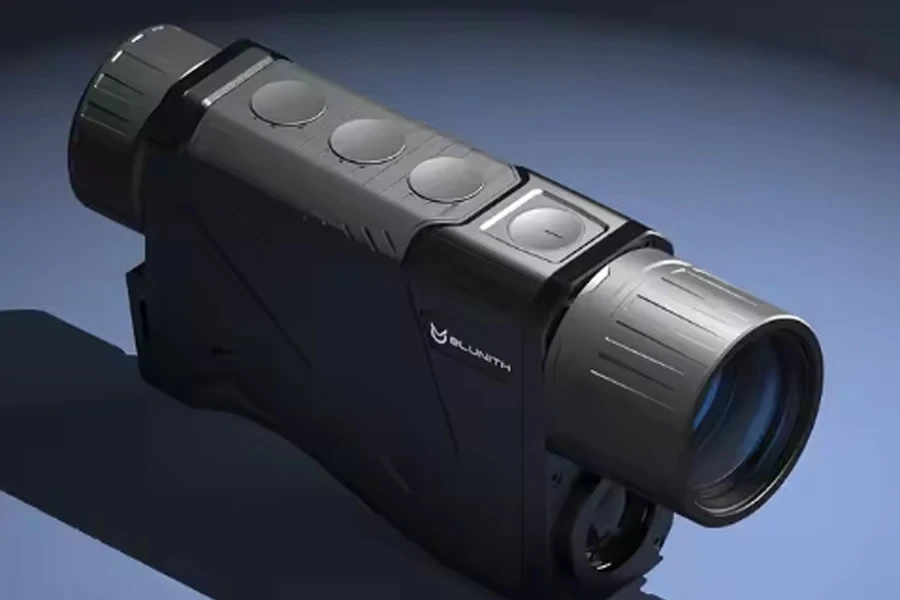
Generation 1, 2, and 3 Monoculars: Key Differences and Applications
Night vision monoculars come in three main generations, each suited to different needs. Generation 1 (Gen 1) models are budget-friendly and ideal for short-range uses like basic surveillance, using a simple analog system with an image intensifier tube. Generation 2 (Gen 2) devices enhance light amplification, offering clearer, brighter images for medium-range tasks such as security and wildlife observation. At the top, Generation 3 (Gen 3) monoculars provide the best image quality and low-light performance, making them perfect for professional applications requiring long-range clarity and reliability.
Digital vs. Analog Night Vision: Which is Better for Specific Needs?
When choosing between digital and analog night vision monoculars, the decision largely depends on the specific needs of the user. Analog devices, such as those in Gen 1, 2, and 3, rely on image intensification technology to amplify available light. They offer superior real-time image rendering and are particularly effective for applications requiring rapid response, like tactical operations or wildlife observation.
Digital night vision, on the other hand, captures light and converts it into a digital signal, which is then processed to produce an image. These devices are typically more versatile, offering features such as video recording, Wi-Fi connectivity, and compatibility with other digital devices. They are often used in situations where additional functionality or integration with other technology is necessary, such as in security systems or advanced surveillance setups.
Market trends and innovations in night vision technology
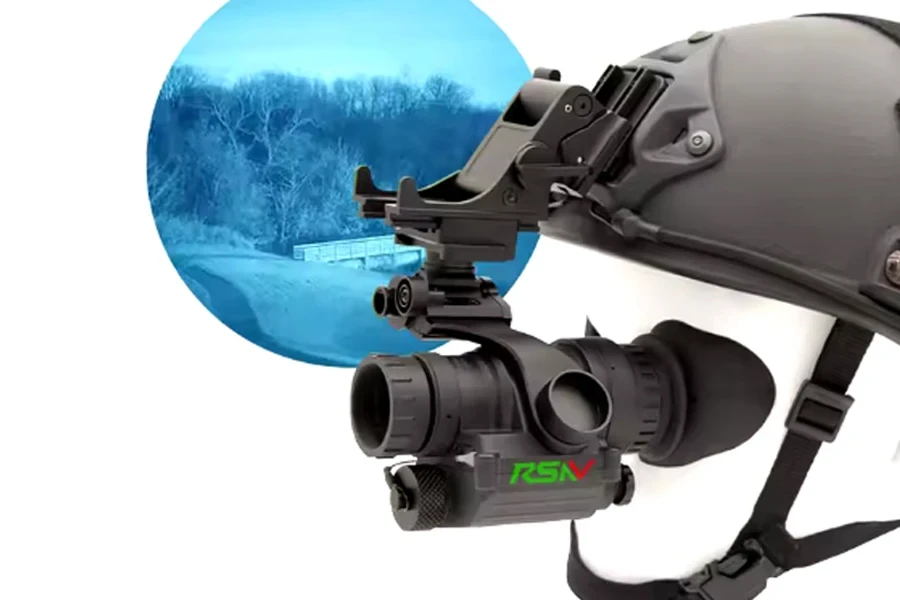
Latest Developments in Night Vision Monoculars
As 2025 approaches, night vision monoculars are seeing major advancements in performance and design. Enhanced infrared (IR) technology is improving clarity and range, delivering sharper images even in total darkness. Leading manufacturers are integrating advanced materials to reduce noise and boost contrast. Additionally, monoculars are becoming lighter and more portable, catering to tactical users and outdoor enthusiasts alike. Improved ergonomics, with comfortable grips and intuitive controls, further enhance stability and usability, making these devices highly versatile for on-the-go operations.
The night vision market is expected to grow at a steady pace in the coming years. Research by Allied Market Research projects that the global night vision market will expand from US$ 4.92 billion in 2021 to US$ 9.87 billion by 2030, at a compound annual growth rate (CAGR) of 8.7%. This growth is largely driven by technological advancements, particularly the ongoing improvements in IR systems and the increasing demand for lightweight, durable designs. Additionally, the Business Insider analysis reports that innovations in night vision monoculars are part of a broader trend where the military, security, and law enforcement sectors are adopting more advanced equipment for tactical use, which is fueling demand.
The Growing Demand for Advanced Features
The night vision monocular market is driven by a growing demand for advanced features beyond basic visibility, with users prioritizing portability, durability, and high-definition image quality. Devices that are rugged, shock-resistant, and weatherproof are essential for extreme conditions, while high-resolution imaging has become a top priority for long-range clarity. Manufacturers are investing in advanced sensors and high-definition optics, enhancing image sharpness even in low light. As military, security, and outdoor industries increasingly adopt night vision technologies, the need for versatile, high-performance monoculars with advanced features continues to expand.
Key Factors to Consider When Choosing a Night Vision Monocular
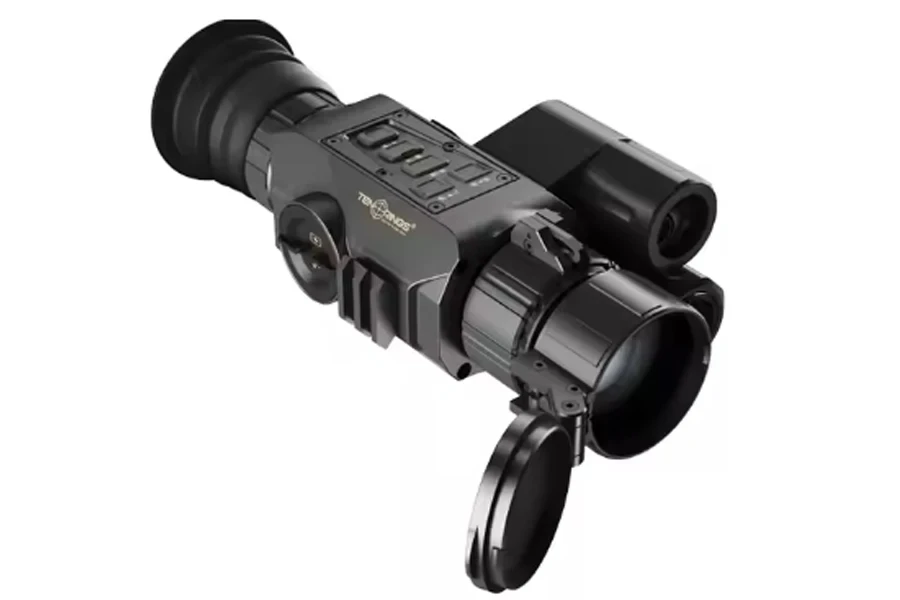
Optical Performance: Magnification, Field of View, and Resolution
Magnification, field of view (FOV), and resolution are fundamental to the optical performance of a night vision monocular. Magnification determines how far a user can see, which is crucial for activities like surveillance or hunting. However, higher magnification can often result in a narrower FOV, which may limit peripheral vision. A wider FOV, on the other hand, is better suited for tactical situations or wildlife observation, where a broader area must be monitored. Resolution is another key factor, as higher resolution provides clearer, more detailed images, which is vital when identifying objects at night. Advanced models often feature higher resolutions, offering a significant improvement in image clarity in low-light conditions.
Durability and Build Quality: Waterproof, Shockproof, and Weather-Resistant Features
Durability is essential for monoculars intended for outdoor use. A device that is waterproof, shockproof, and weather-resistant ensures that it can withstand harsh environmental conditions, such as heavy rain or accidental drops. These features are particularly important for tactical operations, where equipment reliability can be critical. Monoculars designed for such applications are often constructed from rugged materials, such as reinforced plastics or aluminum alloys, that offer added protection without compromising performance. Users should also consider the build quality in terms of ergonomics, as a well-designed monocular enhances comfort during extended use.
Battery Life and Infrared Capability
Battery life is a critical factor when selecting a night vision monocular. Longer battery life ensures that the device remains operational during extended missions or observations, which can be crucial in tactical situations or wildlife tracking. Infrared (IR) capability plays an essential role in enhancing night vision, allowing users to see clearly in complete darkness. The quality of the IR illuminator affects the monocular’s ability to capture distant objects in low-light conditions. Monoculars with adjustable IR settings give users flexibility, optimizing the device for different environments and ranges.
Size, Weight, and Portability for Different Applications
The size and weight of a monocular can greatly influence its portability and ease of use. A compact and lightweight design is ideal for activities that require mobility, such as hiking or fieldwork. Tactical users may prefer monoculars that are easy to carry, often opting for smaller models that can be worn around the neck or stored in a pocket. For those engaged in stationary activities, such as wildlife observation, larger models with more advanced features might be preferable, even if they are heavier. The right choice will depend on the specific application and the user’s need for portability and performance.
Leading Night Vision Monocular Models and Their Features
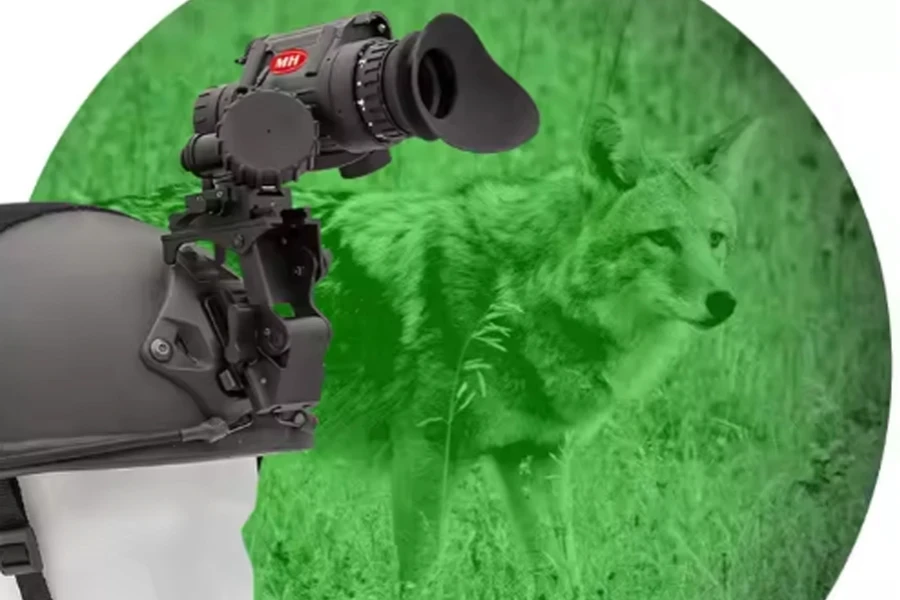
Top Models for Tactical Use
For tactical operations, night vision monoculars must combine durability, precision, and adaptability. These devices typically feature robust construction with weather-resistant designs, and their enhanced infrared (IR) capabilities ensure optimal performance in complete darkness. The best tactical monoculars prioritize both image clarity and ease of use, with intuitive controls that allow users to quickly adjust settings in the field. Many models are equipped with advanced features such as variable magnification, wide field-of-view, and long battery life, essential for extended missions or surveillance operations. The integration of digital displays or AMOLED screens also improves contrast, providing superior visibility even in low-light environments. These monoculars often support mounting to helmets or rifles, allowing hands-free use during high-stakes operations.
Best Options for Recreational Activities
When selecting monoculars for outdoor enthusiasts, it’s important to balance portability and optical quality. The top choices for activities like bird watching or night hiking offer lightweight, compact designs that are easy to carry, without sacrificing performance. Many of these monoculars feature high-quality optics, such as multi-coated lenses, to provide bright, clear images. Built-in IR illuminators enhance the ability to observe in low-light conditions without drawing attention. Additionally, some models are designed with ergonomic grips and water-resistant housing, making them durable and reliable for outdoor adventures. These monoculars may offer moderate magnification levels suitable for observing distant objects while maintaining a wide field of view for dynamic movement in nature.
Conclusion

Choosing the right night vision monocular for 2025 requires careful evaluation of key features such as optical performance, durability, and battery life. Understanding the technology advancements, from enhanced infrared capabilities to innovative designs, is essential for making an informed decision. As the market shifts toward higher-resolution models with increased portability, decision-makers must prioritize both performance and value. By weighing these factors, businesses can select the best monoculars to meet diverse operational and recreational needs.
